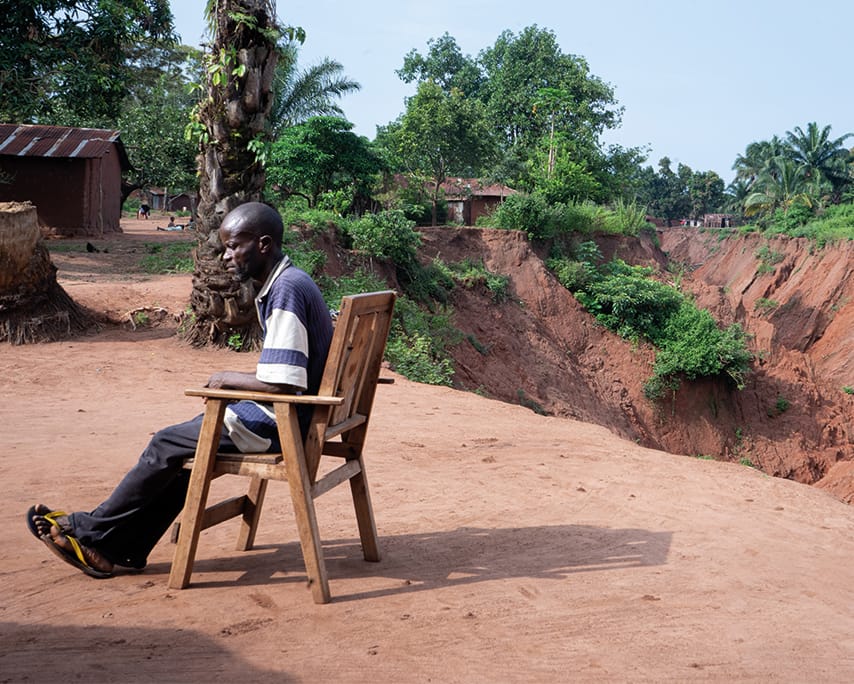The changing rainfall patterns in Africa and their impact on agriculture
One of the most pressing water-related challenges for the African continent is the unpredictability of rainfall. Rainfall in Africa is no longer the dependable force it once was. Climate change and environmental shifts have made rainfall patterns unpredictable, affecting farmers’ ability to grow crops and sustain their livelihoods.
While Africa remains home to fertile land, the once-reliable rain cycles have become erratic, making farming a risky endeavour. Instead of expecting rain at certain times of the year, farmers now face immense challenges in planning their planting and harvesting seasons. This World Water Day is a good reminder of the continued rainfall inconsistency and extreme weather events that are making access to water uncertain for millions of African farmers.
In past decades, rainfall in Africa followed predictable cycles, ensuring consistent wet and dry seasons. Farmers depended on this rhythm to cultivate their crops and sustain their livestock. However, in recent years, these traditional patterns have been disrupted. Now, some years bring excessive rain that causes devastating floods, washing away crops and homes, while other years are marked by prolonged droughts that dry up the land and leave farmers without water.
Kenya serves as a striking example of this shift. The country’s long rains (March-May) and short rains (October–December) have become inconsistent. Some years, the rains arrive late or fail altogether, leaving fields parched and unproductive. Other times, intense downpours lead to severe flooding, further complicating agricultural activities. Farmers struggle to determine the right time to plant, leading to frequent crop failures and increased food insecurity.
Beyond Kenya, other regions of Africa are experiencing more frequent and severe flooding. In Nigeria, for example, the 2022 floods, the worst in a decade, displaced over 1.4 million people and destroyed thousands of farms. These floods not only devastate agriculture but also destroy homes and infrastructure while spreading waterborne diseases such as cholera, further threatening vulnerable communities.
In addition to erratic rainfall, Africa is also grappling with rising temperatures, desertification, and land degradation. As temperatures rise, water sources dry up more quickly, reducing soil moisture and making it difficult for crops to thrive. Desertification is expanding, especially in the Sahel region, where once-productive land is turning into arid wastelands. Meanwhile, declining fish stocks in lakes and rivers, caused by rising water temperatures, pollution, and overfishing, threaten the livelihoods of communities that depend on fishing for sustenance and income.
These environmental shifts highlight how climate change and human activities are transforming Africa’s landscape, making life harder for farmers, pastoralists, and communities that rely on natural resources. As rainfall becomes more erratic, the challenge is finding sustainable solutions to ensure food security and protect livelihoods. Farmers are being forced to adapt by using drought-resistant crops, rainwater harvesting techniques, and better land management practices. However, without comprehensive support from governments and international organisations, the future of African agriculture remains uncertain.
This year’s World Water Day is a powerful reminder that addressing water-related challenges in Africa is crucial to advancing global efforts toward clean, accessible, and sustainable water sources. It is also an opportunity to explore and implement innovative solutions for water conservation and long-term sustainability.



